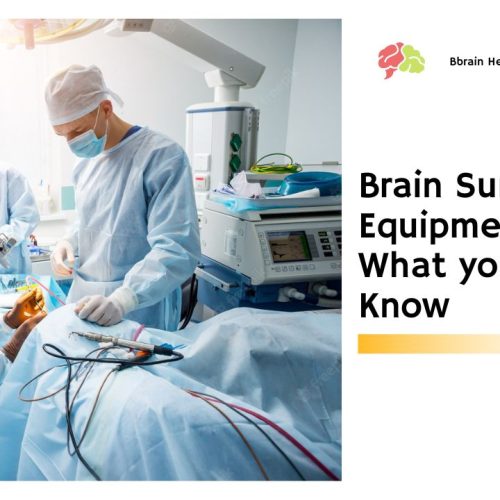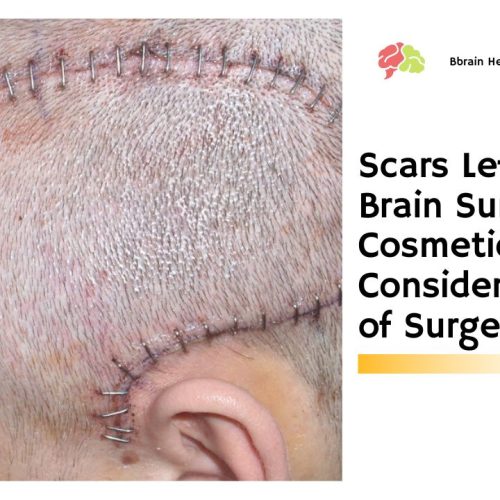
The Future of Brain Surgery: How Technology is Revolutionizing Neurosurgery Advancements in technology have transformed the field of medicine over the past few decades. One area that has seen remarkable progress is neurosurgery....

The Future of Brain Surgery: How Technology is Revolutionizing Neurosurgery Advancements in technology have transformed the field of medicine over the past few decades. One area that has seen remarkable progress is neurosurgery....

What Is An MRI Brain Scan And What Does It Do? An MRI brain scan is a non-invasive medical test. It’s used to diagnose medical conditions and for several other purposes. The MRI...

Can Brain Injury Cause Autism? After years and years of research, the exact causes of autism still remain a mystery. Many people have wondered, “Can brain injury cause autism?” They’re wondering if the...

Top 4 Ways To Scan Your Brain There are several different ways of performing a brain test. Scanning the brain is called neuroimaging. These brain test methods are used to diagnose diseases, assess...

Brain mapping, or neuroimaging, refers to a number of different techniques that are used to scan your brain and visually represent it on a computer screen. A little over a hundred years ago,...

Craniotomy – Accessing The Brain There are some types of brain tumors that require surgery. One of the first types of surgery is a biopsy. This is when a small piece of a...

Brain Surgery Equipment – What you Should Know Recent Advances Advances in brain surgery are providing hope to those with brain tumors. Because brain cancer responds so poorly to traditional chemotherapy and radiation...

Scars Left by Brain Surgery – Cosmetic Considerations of Surgery The aim of brain surgery is to significantly improve a person’s quality of life or indeed save it. But like any surgery, even...

Brain Stem Surgeries – Working in a Tight Space The brain stem, just as any other part of the brain, is such a crucial piece of your body. There are so many essential...

Brain Surgery History – From Rocks to Lasers The skulls below show evidence of antique surgery. Brain surgery history traces back to the Neolithic age. In fact, no other form of practiced medical art...
Your brain is like a muscle: it needs to be exercised regularly to stay in shape. And one of the best ways to exercise your brain is to do puzzles. Puzzles are a fun and challenging way to improve your cognitive function. They can help to improve your memory, concentration, problem-solving skills, and creativity. Puzzles can also help to reduce stress and improve your overall mood.



© 2023 Created Buy brain health and puzzles